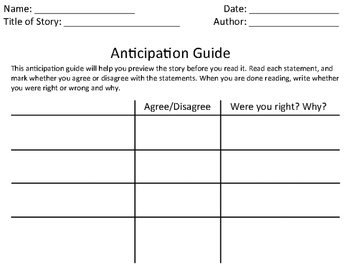The one strategy that I really liked from class was the "Written Conversation" activity. I used to write notes in class when I was in middle school, and I wish that they were still a thing! I feel like doing this activity just brings me back to my younger days and it makes me excited! I liked how it gets them off of the technology and makes them stop talking for a second. They get to work on their writing, while talking about things they have learned. I just think it's all around a good activity to use as an opener, a mid-lesson checkup, or a exit slip! (I couldn't really find an example but y'all know what notes look like!)
The other strategy I really liked was the "Quick Write" and the website we used to do this, www.padlet.com . I think it's similar to the written conversations activity in the way that it's a quick activity to do to summarize information and talk about what you've learned. If Ipads are something your classroom has, there is an app you can download, and you can use this activity pretty frequently. If not, you could totally do this on paper and set a timer for a couple of minutes and collect them. Maybe you can make a journal dedicated to quick writes if that's something you plan on doing often!
Some examples might be:
"If you were president, what would be the first law you would make?"
"What did you learn about the water cycle yesterday?"
"What was the turning point for the civil war?"
Thinking Maps:
So a lot of these a kind of similar. They are all ways of organizing information so it's nice and neat. It can also teach students ways to think about certain topics if they ever need something to help them organize information. I still use bubble charts if I'm going to write a paper just to give me an idea of the main points I'm writing about. Teaching your students thinking maps gives them strategies they can use for the rest of their lives. we see flow maps when talking about things going on in a company, and we see multi-flow maps when dealing with cause and effects. Overall, I think teaching students thinking maps is something that we need to do to prepare them for the future!







